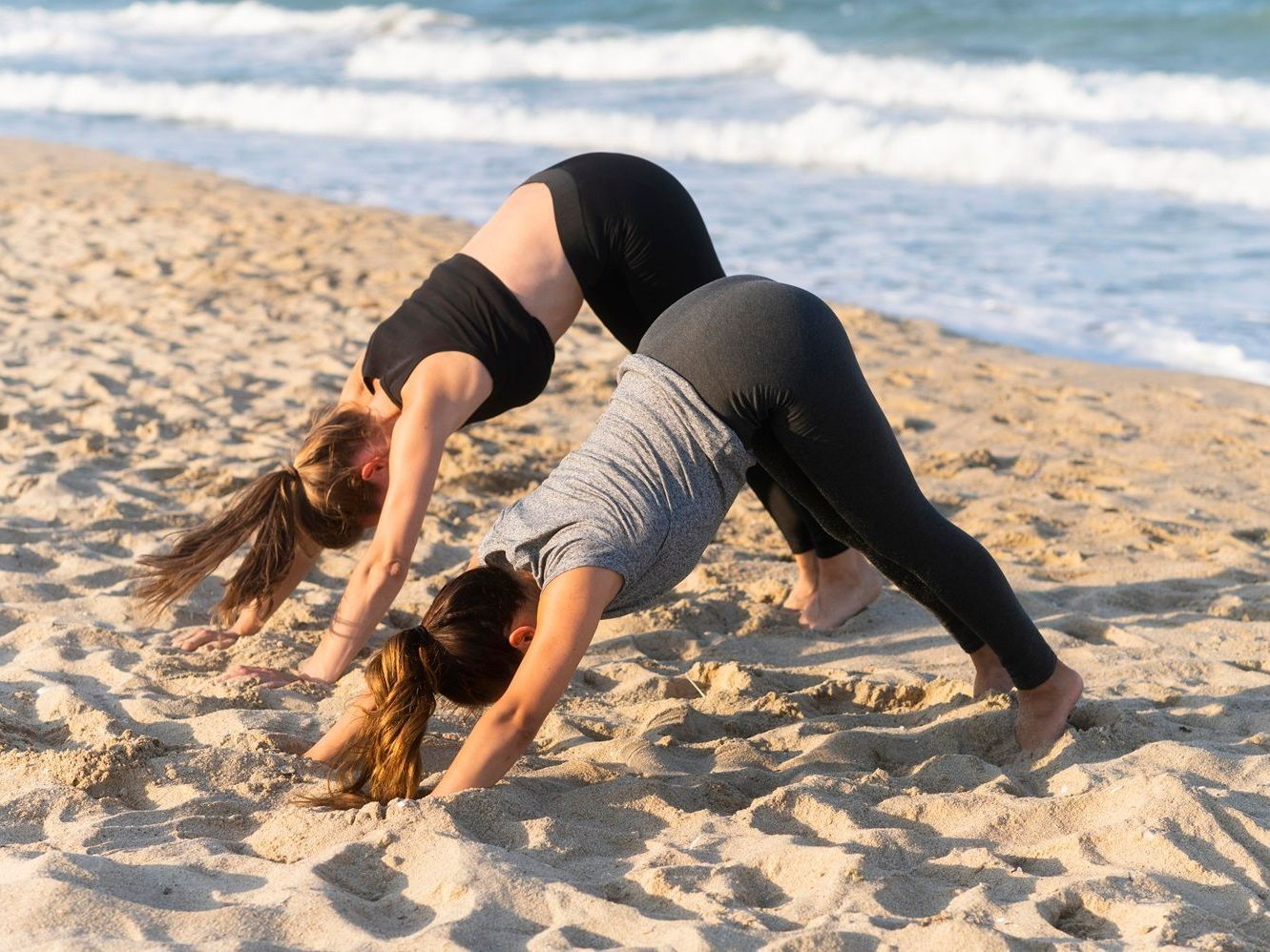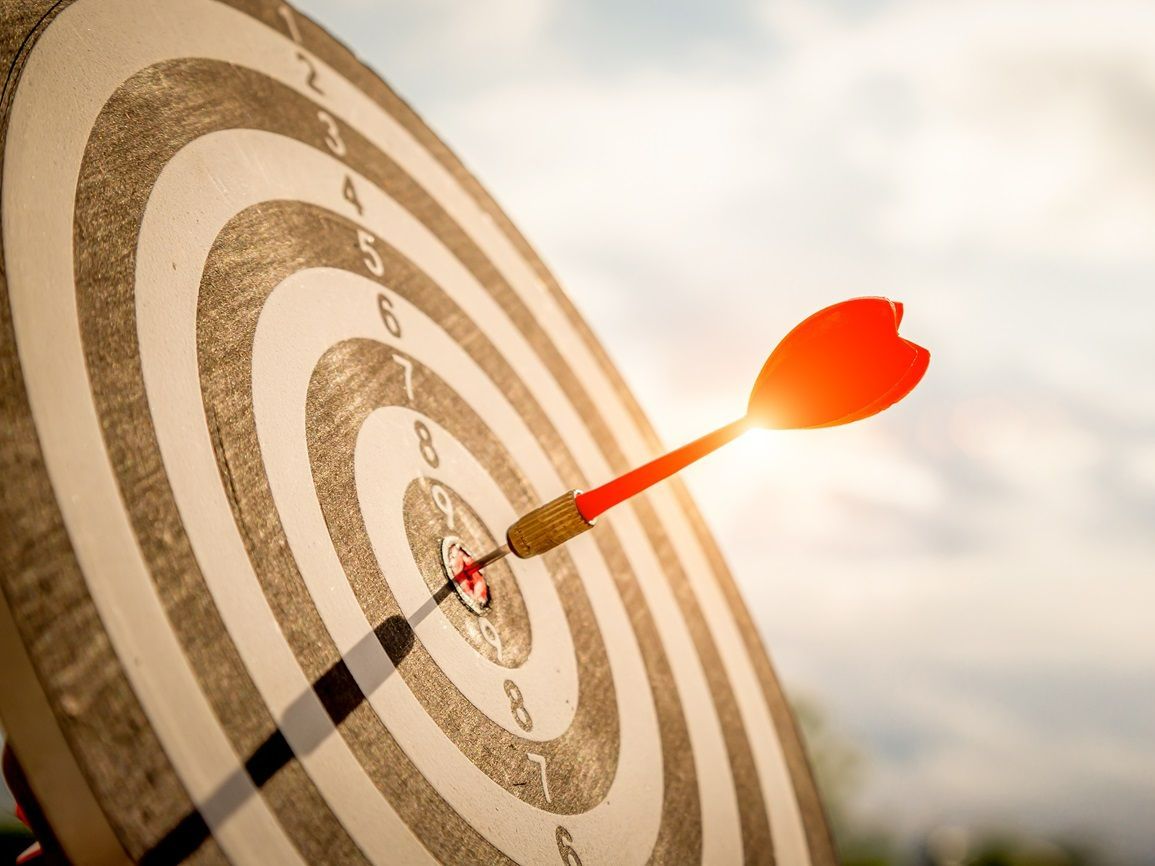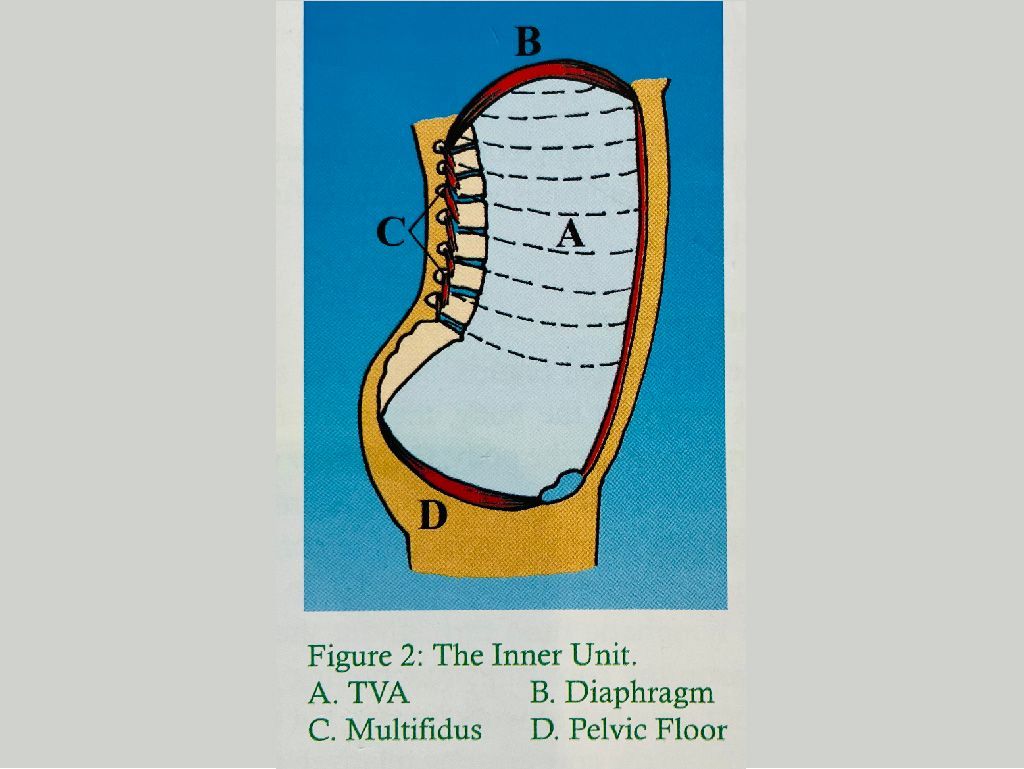FITNESS BLOG
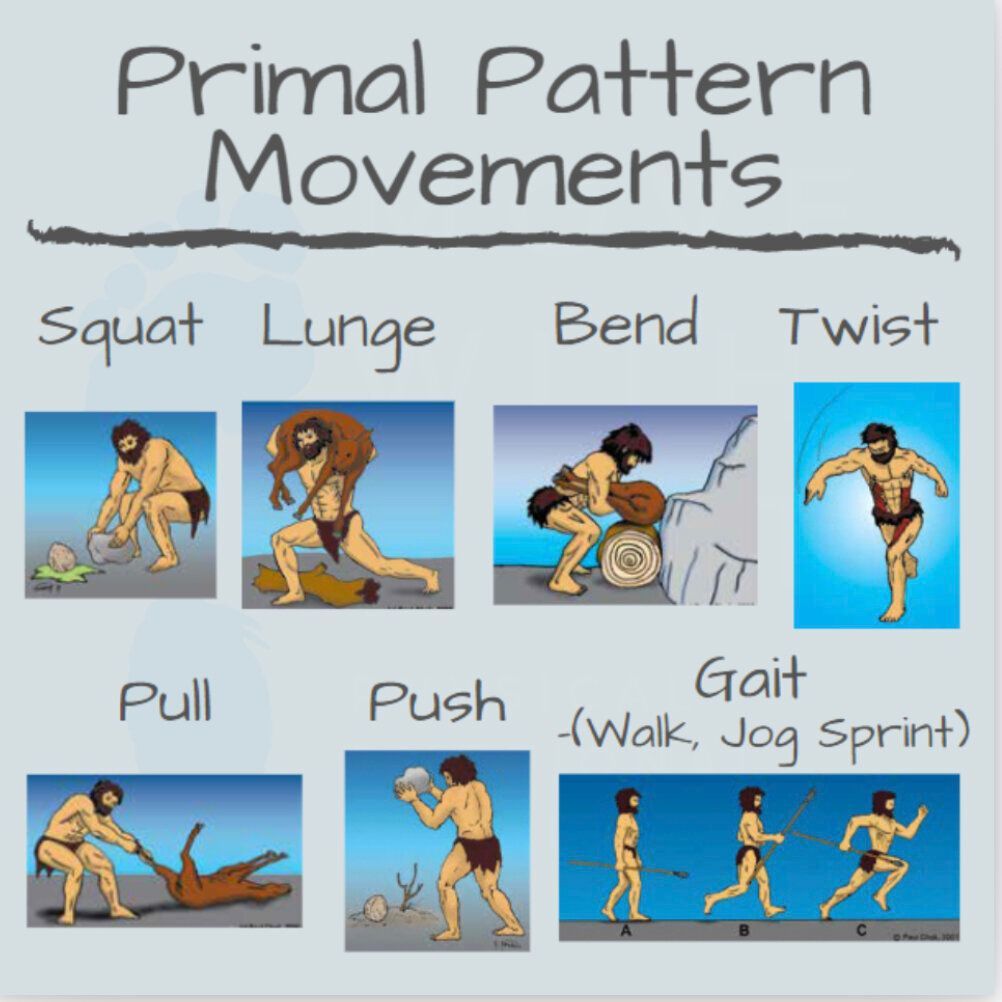
Do you ever get stuck with what to do at the gym? Are you someone who walks into a gym and goes back to the same cardio machine, programs in the same session over and over again? Perhaps you look around and just sort of copy what other people are doing? With so much information around what with social media etc, it can be difficult to know what to do at the gym and how to plan a structured coherant session. So let me walk you through a straight forward session plan. One that I would give to a client. I will break down each section so it's easy to follow along with a few other tricks and tips for you. Let's assume you are going to the gym 2 to 3 times per week, which is about average and certainly enough to see some results over time. THE WARM UP You really don't have to over do a warm up. When you are strapped for time you don't want to waste a load of it on a warm up. Rather than spending 15 to 20 minutes on warming up, the best thing you can do is walk or jog to the gym! If that isn't possible then a simple 5 minute light aerobic exercise is more than adequate. You could also add in a bit of mobility work, foam rolling and dynamic stretching but again this shouldn't take more than a few minutes, after all, we want to get to the good stuff! An extra little tip is to use the first round of the actual workout as a secondary warm up. The best way to warm your muscles up is to do the specific movements they are going to be doing in the main workout so this makes lots of sense. So for the first round, go light. Now you are ready to start the full workout. THE WORKOUT A great way to set out your workout, is to do a full body workout every session focusing on what's called our ‘ primal moves’. What are those I hear you ask?! Primal moves are large compound moves that humans have done forever. These moves consist of: PUSH ( horizontal and vertical) PULL ( h & v ) SQUAT or HINGE LUNGE or STEP BEND or TWIST When you are in the gym and have limited time to train it is best to get these moves into your session as they use bigger muscle groups which means you will get more bang for your buck! So here are 5 examples of exercises that would hit all of these movement patterns ( but there are loads of variations of exercises)! Dumbbell chest press on a swissball ( this makes the exercise better for the core) Pull ups ( modified - using bands or trx) Dumbbell goblet squat using a swissball ( this helps keep good posture ) Backwards lunge ( helps balance and proprioception ) Cable rotations / woodchops ( some of my fave exercises) There are several variables to each exercise to make the exercise easier or more difficult depending on your starting point. For example: Reps Sets Rest periods Tempo Weight All of these variables can be manipulated so that you don't simply repeat the same workout each time. The body comes resistant to the same workout quicker than you might think so it is important to keep progressing your workouts in order to improve. THE COOL DOWN Similar to the warm up, you really don’t need to spend ages on cooling down. Walking back home or to the office if completely sufficient. The jury is out on static stretching. There are lots of various opinions on the benefits of static stretching post exercise. I personally don’t do it, neither do my clients, but if it's something you feel like doing then there certainly seems to be no negative effects to it. Here are a few extra tips when it comes to your training. For a periodised program, start with lighter weights and higher volume to build the motor pattern, endurance and stability. You can then move onto hypertrophy, strength and power later. But it is important to start slow and develop a good base. Focus on a slower tempo to increase your TUT ( time under tension) Focus on ROM (range of movement). The bigger the stretch of the muscle, the better contraction you can get which will lead to improved ROM and strength. Eccentric loading is important. This is when the muscle is lengthening through load. Eccentric loading damages the muscle tissue greater ( this is a good thing in training terms) and it will improve your concentric strength ( when the muscle shortens) Have a good training day split if possible. This means after a training day it is a good idea to have a rest day. We actually get stronger at rest so it is a hugely importantcomponent of your training. A good split would be training days on a Monday, Wednesday, Friday, giving yourself a day's rest in between sessions then an extra day's rest at the weekend. Rest days can also be called ‘active recovery days’. This means that you don't have to sit on the sofa all day lol! You can do some light mobility work, go for a walk, anything that isn't too stressful to your body. If you would like any help developing a gym program then please don't hesitate to get in touch.
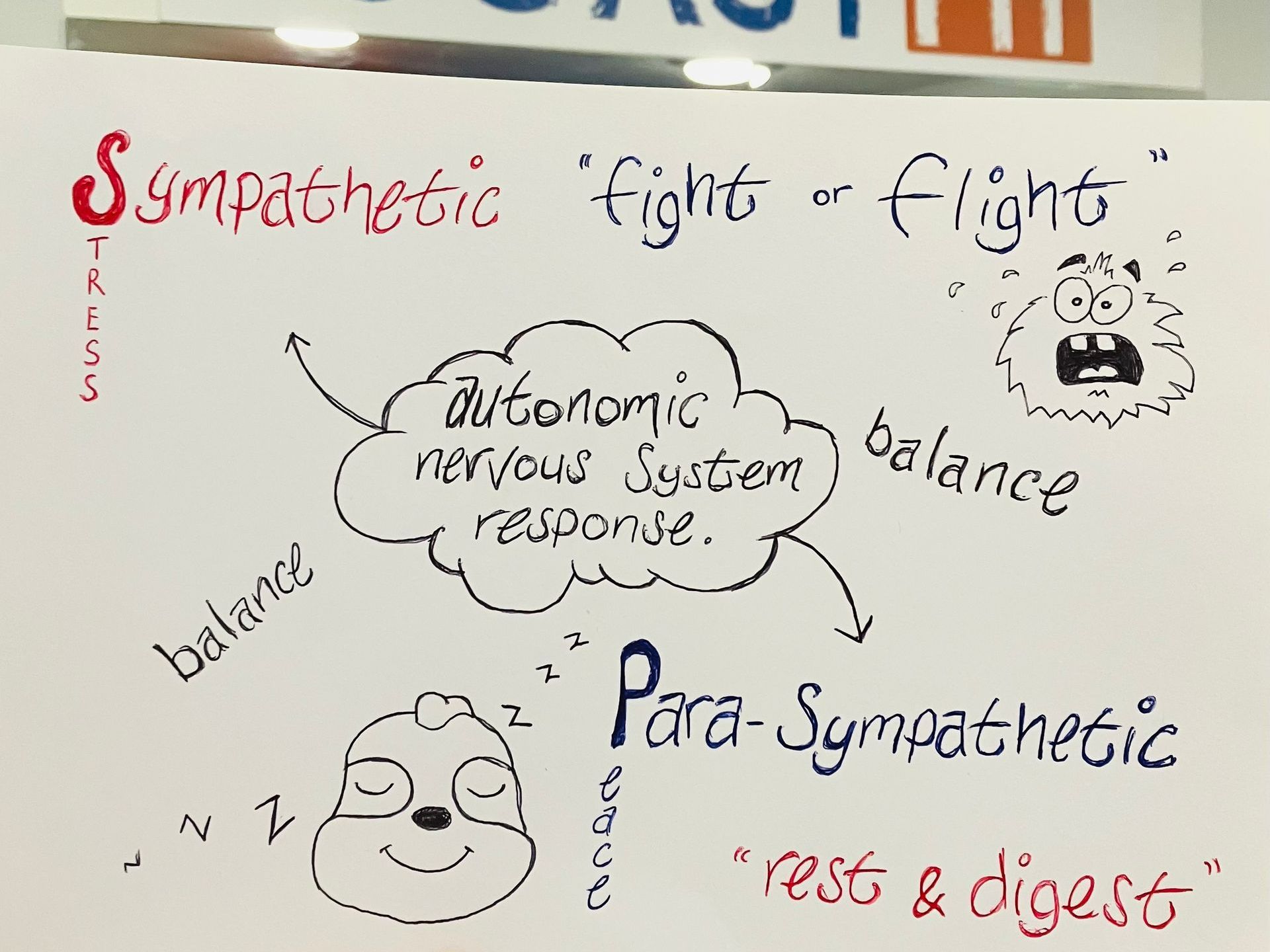
Finding the right balance to things can be tough. Whether it's trying to have the right work-life balance or the perfectly balanced ratio of macros in your diet, finding balance is one of life's biggest challenges. I think often when we get pulled in one direction we have a tendency to overcompensate the other and we end up going to extremes i.e. “I drank way too much last night so I'm never drinking again!” Have you ever muttered those words after a heavy night out? We also love an enemy, don’t we? Carbs will make you fat, they are evil, carbs are the enemy! Fat is really unhealthy, stay away from all forms of fat forever, fat is the enemy! Sugar is the devil, it’s a drug so avoid it at all costs, sugar is the enemy! In reality I think, really, we all know that carbs alone won't make us fat, and that dietary fat isn't unhealthy and that sugar is a necessary part of our diet, it just depends on the quality and quantity of these things. It’s all about balance. My mum always used to say ‘everything in moderation’ which I think still holds up today as pretty sensible advice. I also think there is a lot to be said for tribalism and its effect on people's decision making. I grew up in the 90’s when the big debate was, ‘Blur vs Oasis’, which is the better band? You had to pick a side, you couldn’t like both! I happened to like both but at the time I just pretended not to like Blur just to fit in! These sorts of tribes also exist in the health and fitness industry. Which is better, powerlifting or crossfit? Yoga or pilates? Cardio or weights? It always seems to be ‘this or that’ rather than ‘this and that’. Why can I not like all of these things and think that they all have a place in my fitness program? Well actually, I think you can. And it turns out you can also like Blur and Oasis at the same time after all, who knew!? I have never liked being put in a box (I don't mean literally, although I do also mean literally) and I don't look at things as black and white or one being better than the other. I think life is more nuanced than that. Don't get me wrong, I completely understand the allure of tribalism. You have a sense of being part of something, “these are my people and this is what we do”. But what if, let's say, too much heavy lifting was making your body really tight, to the point of pain. Or doing too much yoga was making you too flexible (yes, it’s a thing) to the point of pain? I really like to think our own bodies' needs would take priority over some strange loyalty to a group we felt we belonged to. Put in simple terms: If you are doing powerlifting, it might be worth taking up a yoga class on the side. If you are avoiding all sugar, it might be worth grabbing a bit of fruit from time to time. If you are running for 10 miles a day, it might be worth picking up a weight every now and then. Again, it's about balance. So what has this got to do with holistic training? Well, for me, holistic training is sensible, it makes sense and at its core is completely personal. That's why I really like it. It is a great way to look at your own health and fitness as a jigsaw puzzle and figure out which pieces are missing and need slotting into the right place to create your complete picture and it is completely bespoke to you. It doesn't matter what other people say or do, it’s about figuring out what your own body’s needs are in order for you to be as highly functional as possible. A little tip I give clients is to have a notebook by the side of the bed and at the end of each day to score themselves on the following headings: 0 (not great) - 5 (really good) 1- Hydration (did i drink enough water today?) 2- Nutrition (did i eat at least 1 green thing today?) 3- Exercise (did i get some form of exercise today?) 4- Fresh air (did i get outside for a good length of time today?) 4- Relax, repair, rebuild : - How were my stress levels? Too much work, phone, emails, social media etc? - Did I sleep well the previous night? - Have I done any breathwork today? - Social (have i talked to or spent time with family, friends, had fun?) It doesn't take long, a few minutes at the end of the day, then come the end of the week you can collate the data and see how you have done for that week. Like most of my clients you will probably see patterns emerge and there will most likely be some holistic elements that you are better at than others, for example I am personally pretty good at getting enough exercise and fresh air (I have a dog which helps with those two things) but I am crap at eating well and my kids make sure that no sleep is had at any time…ever! So I know the things that I need to work on for my complete health picture. I find that quite a lot of clients are running off cortisol and adrenaline. I’m sure you have heard of the term ‘fight or flight’. It’s when your sympathetic nervous system (SNS) is on overdrive. So what does that look like? Well, Lots of work, grabbing food here and there when you can fit it in, not enough water, not enough fresh air, no relaxation or recovery and poor sleep which is actually when we get stronger! So sometimes part of my clients program is actually to rest more and workout less, which will help to rebalance the parasympathetic nervous system (PSNS). When your sympathetic nervous system is responsive then you are in a catabolic state which is the breaking down of structures within the body which requires energy. Whereas the parasympathetic nervous system promotes anabolic processing which helps the body rebuild and repair. Both parts of the autonomic nervous system are obviously important however I tend to find a sway in the direction of the former SNS with my clients which can be reductive towards their goals of having more energy, losing fat and building muscle. So for those clients it is more important to lean into the PSNS by resting, eating well, drinking plenty of water, getting outside in the fresh air, turning off the phone and getting a good night's sleep. This part of your ‘training program’ is equally as important as going to the gym, doing cardio and lifting weights and for some even more so! Holistic training takes the guesswork out and gives us a strategy to move forward positively, working daily on balancing the systems in your body to the best of your ability. And the most important part to all of this? When you mess up, which you will, because we all do. Please give yourself a break. No one has a perfectly balanced holistic health picture. It doesn't exist. But I think it’s fun to try and get as close as possible, so enjoy the process.

